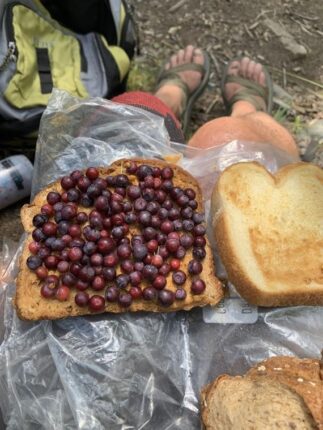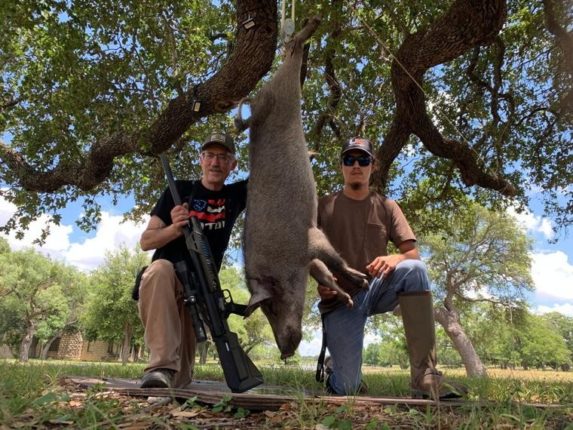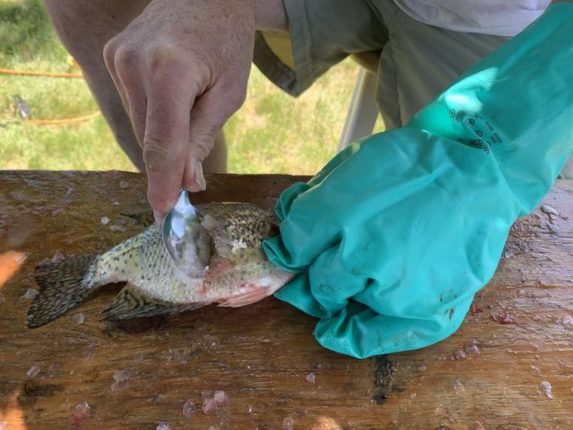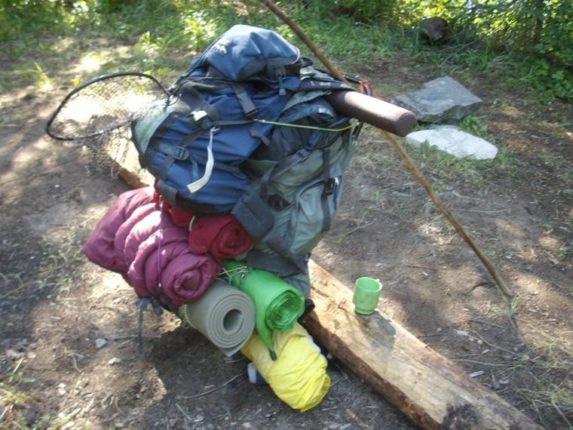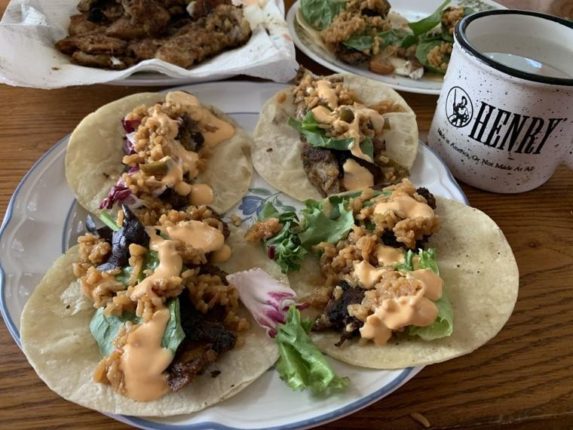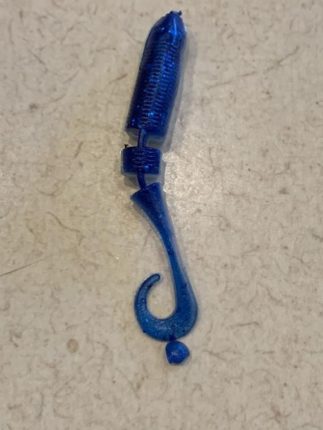I interrupt this “Backpacking Series” to bring you a time-sensitive article. My daughter and I had an awesome backpacking trip last week and I planned on writing about that trip this week but first we have to talk about picking huckleberries since the season is semi short.
As stated above, we were up backpacking and while hiking down a trail after fishing, we hit one of our old huckleberry patches. Wow! They are thick this year. We picked quite a few but of course since we were backpacking we didn’t have a container. Kolby decided the best that we could do was to store them in our Aquamira filtered water bottles. So we pulled out the filters and used them.
If you wonder why I am so excited about them, my answer? You would only ask that question if you ever hadn’t eaten any. They’re a great tasting berry. They’re unique. A little tart and yet sweet — and a great tasting berry. They grow on a small shrub, barely up to your knees. I pick a lot of mine on steep hillsides. They are a deep blueish/purplish color berry that is about half the size of a green pea.
Normally, I always pack flavored oatmeal for us to eat for breakfast. A big treat every year is to pick huckleberries and mix them in every morning for breakfast. That is a real treat. This year I totally screwed up and forgot to buy oatmeal. Screw up of all screw ups.
I also like to mix some huckleberries into my water bottle. It elevates water from plain ol’ water to a fruit-flavored water drink. Pretty ingenious, huh? The first real natural fruit-flavored drink.
For lunch we always eat PBJ sandwiches but this year we didn’t have any jelly. PB sandwiches by themselves are not exactly a gourmet meal. In fact, it’s kind of a prison diet. So as they say, necessity is the mother of all inventions so we came up with a PBHB (Peanut Butter Huckleberry) sandwich. A little unique … and maybe not necessarily a good unique!
Normally when backpacking I’m mentally keeping note of all of the items that I’m not going to have to pack out. My Mountain House backpacking meals, four at 5 ounces each = 20 ounces; peanut butter, 12 ounces; bread 4 ounces; candy, a couple of pounds — and so the mental list goes. But this time we took out a few pounds of huckleberries and gladly did so. They are one of God’s natural delights second only to the morel mushroom.
And I failed to mention — the best way to eat them is by themselves. You’ve got to have discipline for them to ever make it into your container without eating them all while picking. They are small and you pick them one at a time so it takes a while to gather very many.
Upon making it home we put them in the fridge and stumbled off to bed at 1 a.m. The next day we had a fish fry. I made crappie into fish tacos and grilled a batch of sweet corn on the cob on my Camp Chef pellet smoker.
But then it was time for dessert. Huckleberry homemade ice cream! This is the ultimate way to eat your huckleberries. They freeze solid in the ice cream and I can’t tell you how good they are. This is my most favorite homemade ice cream.
So what are you waiting for? Pick up the phone and call in sick tomorrow. The huckleberries are ripe.
Tom Claycomb lives in Idaho and has outdoors columns in newspapers in Alaska, Idaho, Utah, Nevada, Colorado and Louisiana. He also writes for various outdoors magazines and teaches outdoors seminars at stores like Cabela’s, Sportsman’s Warehouse and Bass Pro Shop.
